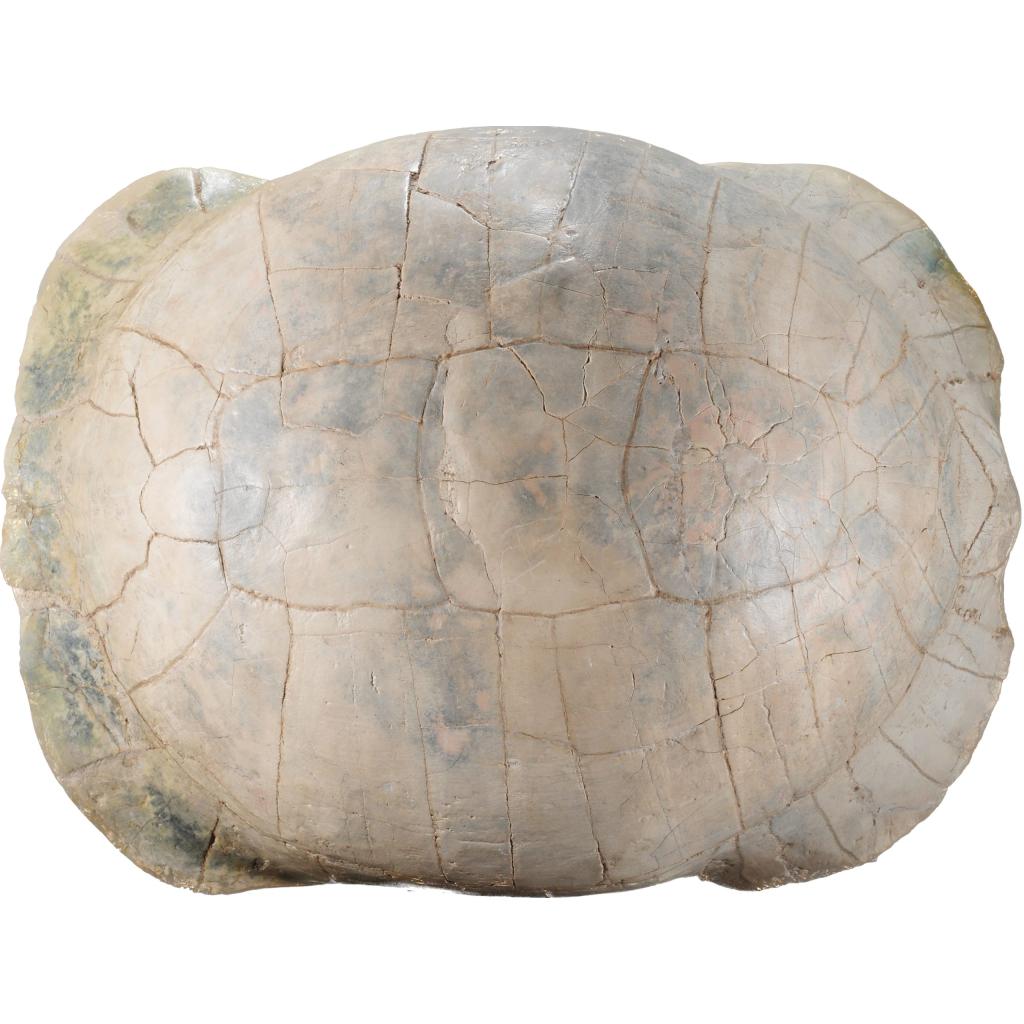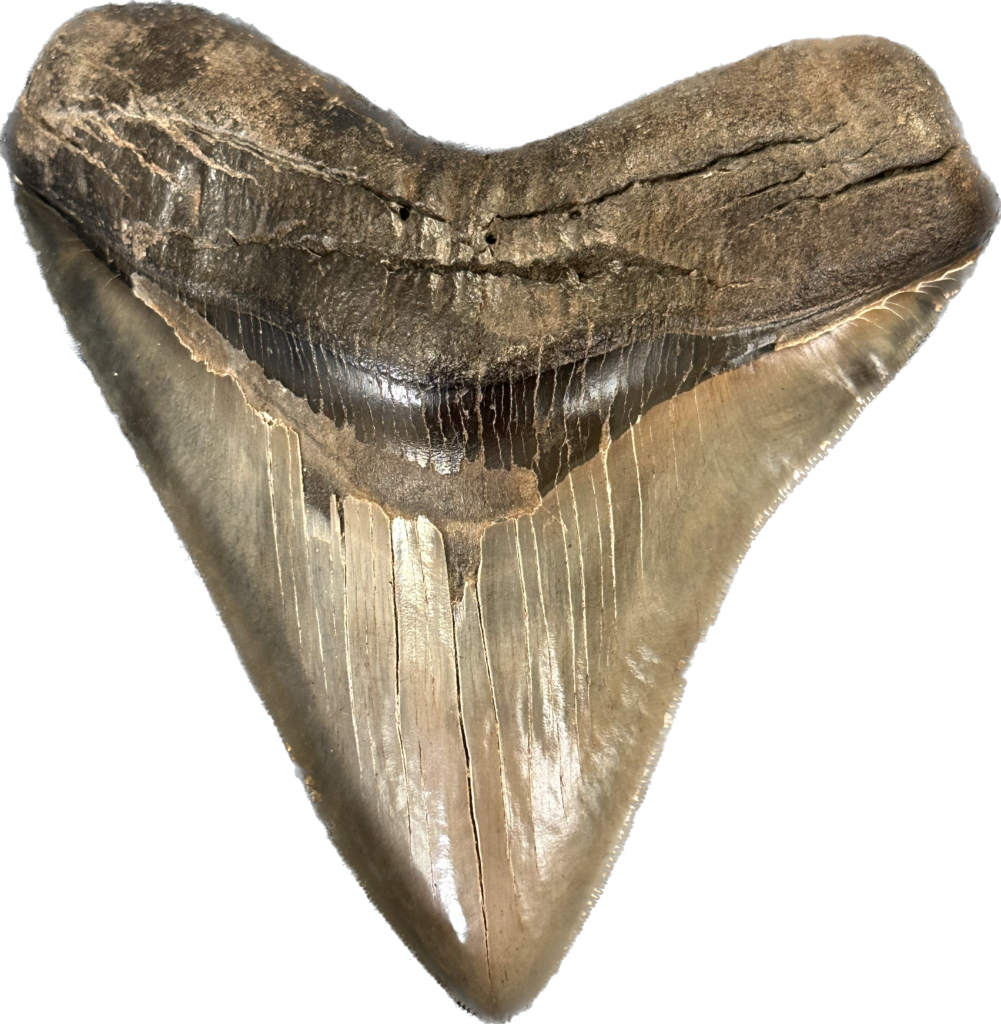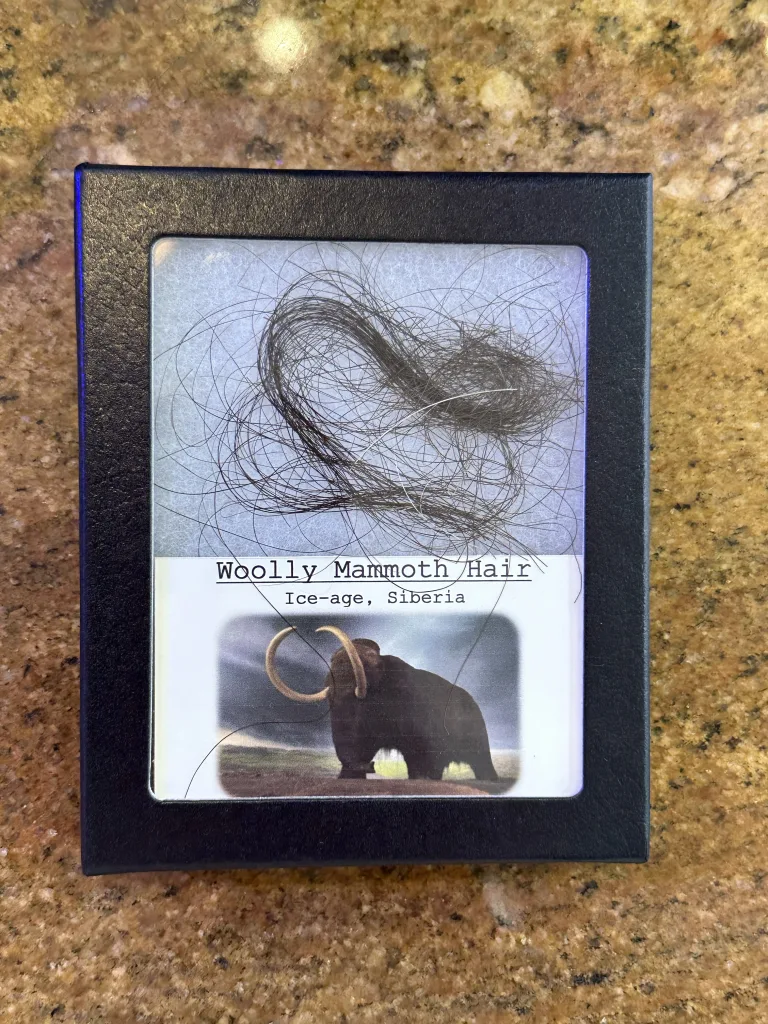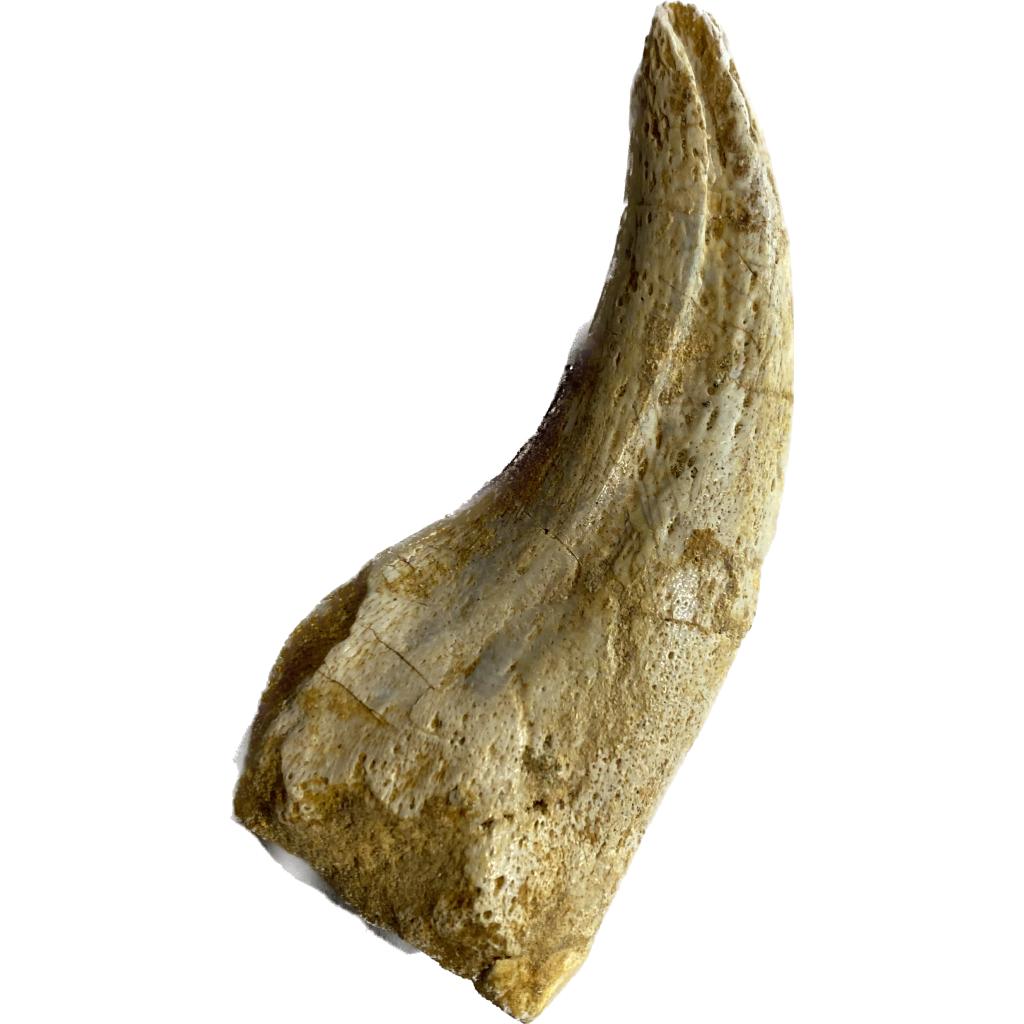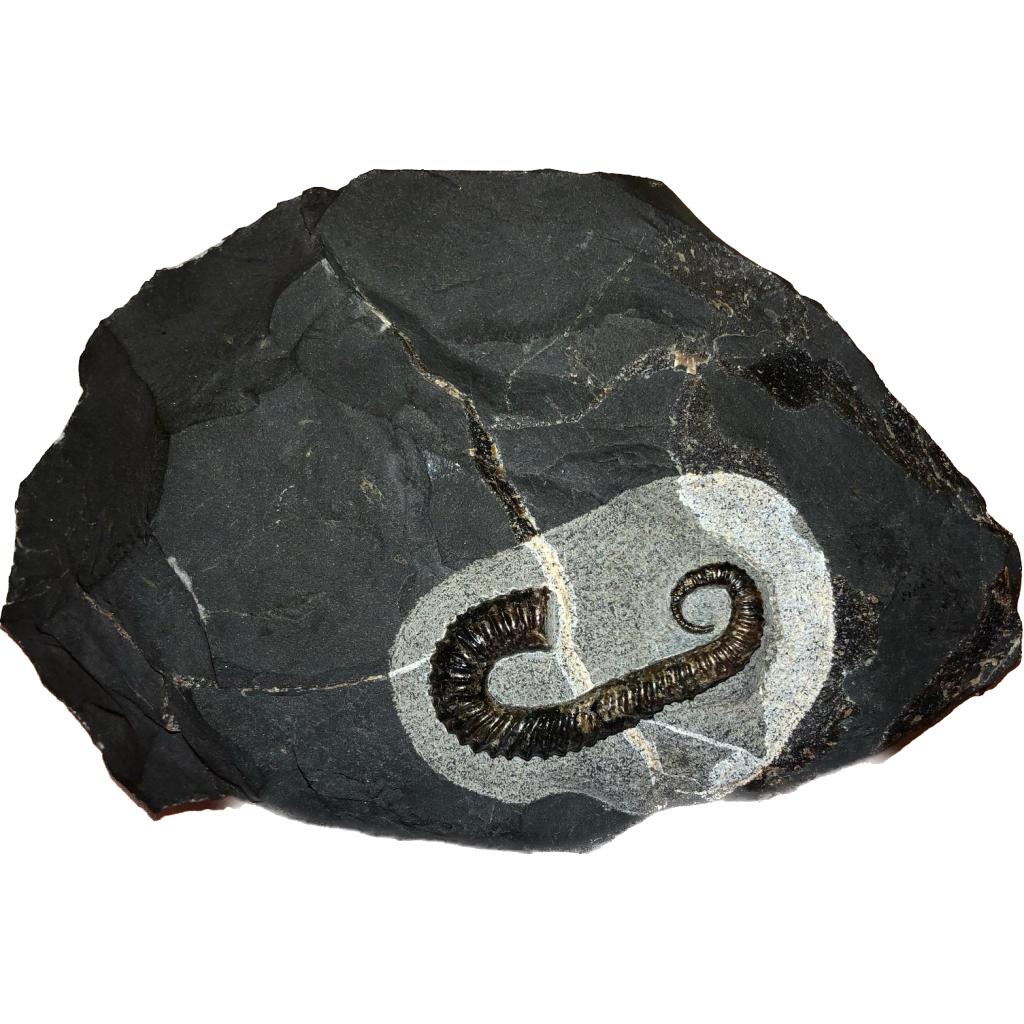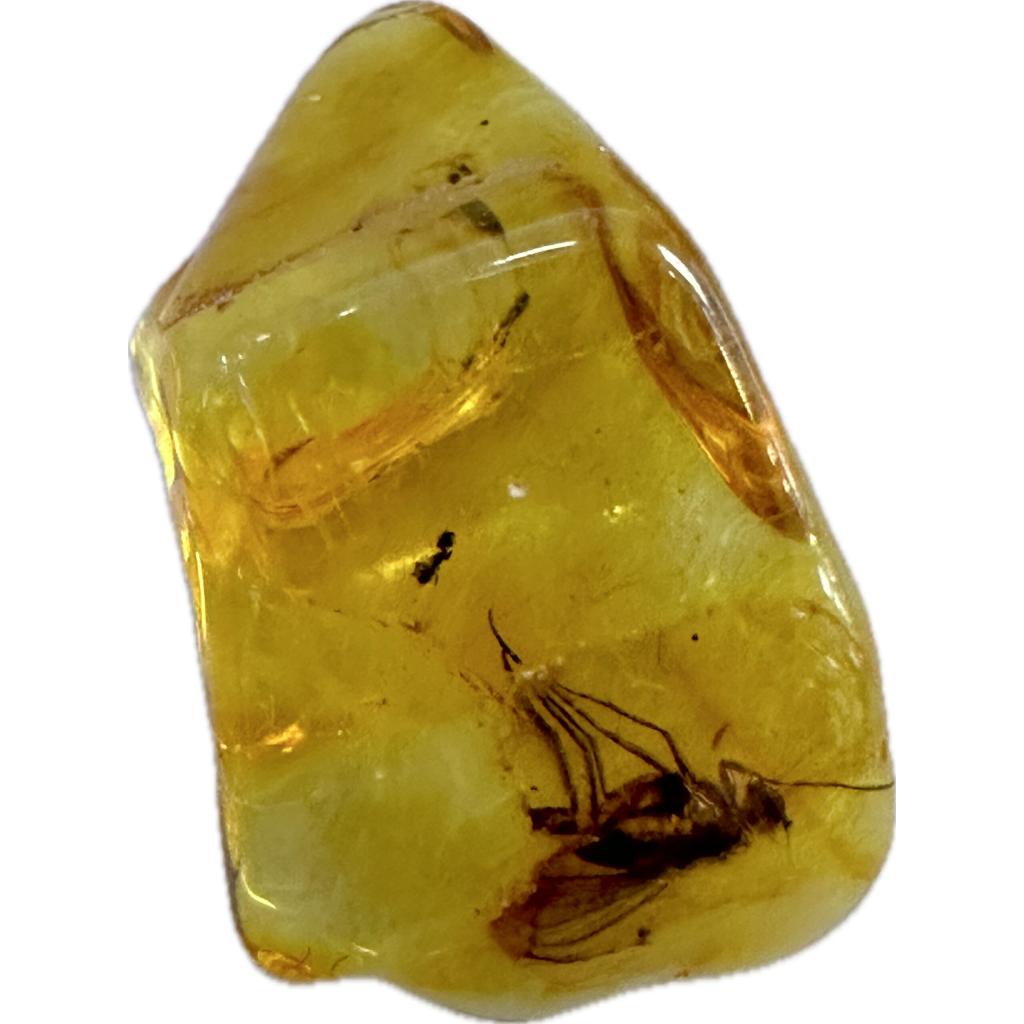
- Special Conditions Needed: Fossilization is a bit like winning the lottery—it requires a lucky set of circumstances. When an animal or plant dies, its remains need to be buried quickly before they get eaten or decay away. Think of it as getting covered by a layer of dirt almost right after you pass away. This quick burial protects the remains from being destroyed by scavengers or rotting away. But in nature, rapid burial doesn’t happen all the time. It’s like waiting for a rare event to occur—a big storm or a sudden landslide that swiftly covers the dead creature before it has a chance to decompose.
- Hard Parts Matter: Have you ever seen a skeleton or a seashell washed up on the beach? Those are the kinds of things that have a better chance of becoming fossils. Why? Because they’re made of hard materials like bone or shell, which stick around longer. Soft parts like skin or muscle tend to rot away quickly, leaving no trace behind. So, if an animal has lots of hard parts, there’s a better chance that at least some of them will survive long enough to become fossils.
- Minerals Replace Tissues: Once the remains are buried, something pretty cool starts to happen. Over time, minerals from the surrounding dirt seep into the bones or shells and replace the original material. It’s like turning something organic into something rock-like. This process is super slow—it can take thousands or even millions of years. But when it’s done, the fossil ends up being hard and durable, almost like a statue made of rock. Without this mineral replacement, the remains would eventually crumble away, leaving no trace behind.
- Changes in Rocks: Picture this: the buried remains are slowly turning into fossils, but the world around them is changing too. Layers of dirt pile up on top, adding pressure. Water with dissolved minerals flows through the ground, filling in gaps and changing the chemical makeup of the rocks. These changes help to preserve the fossil, almost like putting it in a protective bubble. But at the same time, they can make it harder to find. It’s like trying to dig up buried treasure when the map keeps changing.
- Nature’s Challenges: Even if a fossil manages to form and survive all these changes, it still has to contend with the forces of nature. Erosion, caused by wind, water, and weather, can wear away at the rocks, exposing the fossil or even washing it away. Earthquakes and volcanic eruptions can shake things up, moving fossils around or burying them even deeper. So, even if a fossil does manage to survive all these challenges, it might not stay in one piece or in a place where people can find it easily.
- Time and Effort: Fossilization is a slow process that takes millions of years to complete. And finding fossils buried deep underground is no easy task. It requires a lot of time, patience, and expertise. Scientists have to dig carefully, sometimes using delicate tools like brushes and picks to uncover the fossils without damaging them. They might also have to travel to remote or hard-to-reach places, enduring harsh conditions in search of these ancient treasures.
- Rare Treasures: Despite their rarity, fossils are incredibly valuable because they give us a glimpse into the past. Each fossil is like a piece of a puzzle—a clue that helps us understand what life was like millions of years ago. They tell us about ancient animals and plants, long-extinct ecosystems, and the changing face of our planet. That’s why when scientists find fossils, it’s a big deal—it’s like discovering a hidden treasure trove of knowledge that helps us piece together the story of life on Earth. And because fossils are so rare and precious, they’re treated with great care and respect, like priceless artifacts from a distant time.
